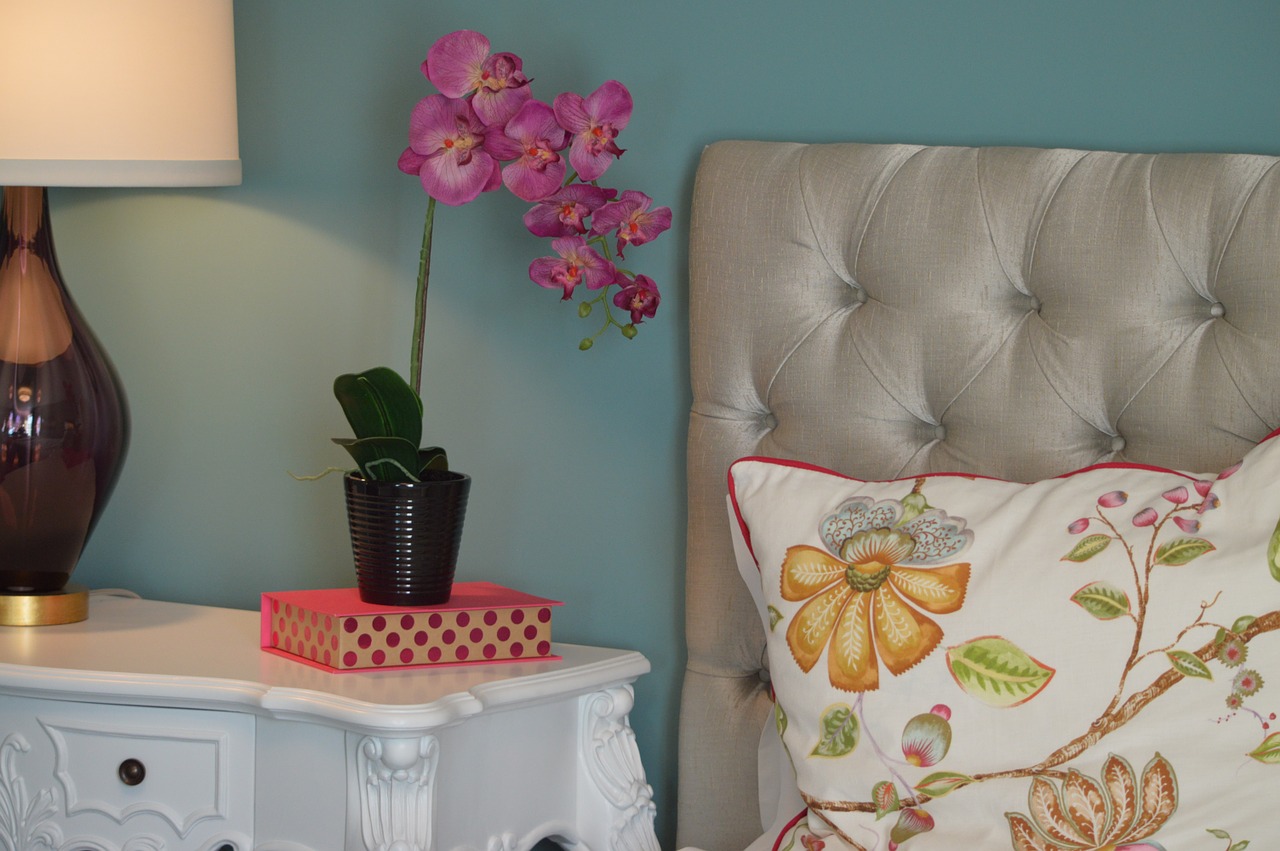
As the temperature dips and the leaves change, are you one of the unlucky ones whose nose is running and eyes are itching? Does the congestion in your sinuses let you know that Fall is on the way? If you suffer each year with seasonal allergies to pollen, mold and dust, then try some these non-diet related, natural fall allergy remedies.
10 Natural Fall Allergy Remedies
- Wear Those Shades
Wear sunglasses outdoors to reduce the amount of pollen that reaches your eyes. - Plan Your Day
Try to limit your outdoor exposure to early mornings or to early evenings when pollen counts are usually lower. - Block Out Those Allergens
Keep windows and doors to the outside shut as much as possible to keep pollen from entering the home. Keeping your air conditioner on throughout this season on may reduce your exposure to allergens. - Scrub Down Those Surfaces
Wash down walls and surfaces with soap and water weekly to remove pollen that has entered the home. - Suck Up That Dust
Vacuum all soft surfaces weekly with a HEPA rated vacuum cleaner filter to remove dust and pollen. - Clean Those Hard-to-Reach Areas
Have your duct work cleaned out and your chimney swept yearly to reduce the pollen an soot that has collected in these areas of your home. - Stay Squeaky Clean
Shower and wash your hair each night to remove the pollen that has collected on your body throughout the day. - Pet’s Need a Bath Too!
Scrub those pets who venture outdoors to help remove the pollen that collects on their fur. - Flush Away the Pollen
Use a saline nasal spray to flush pollen out of your nasal cavities each day. Some suggest using a Neti Pot to flush the sinuses, but it is recommended that you learn of the dangers before you use one. Also, flush eyes with clean water if you have been exposed to the allergens. - Cover Your Face
Wear face protection such as a mask when working in the yard.
There it is, 10 easy ways to help combat those seasonal allergies. Can you come up with any more natural fall allergy remedies to share? Please let me know in the comments below.
Thanks for reading!
-Tracy







